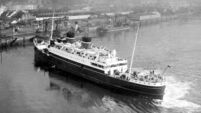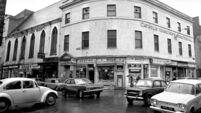Throwback Thursday: How many Cork folk remember getting their first bike here?
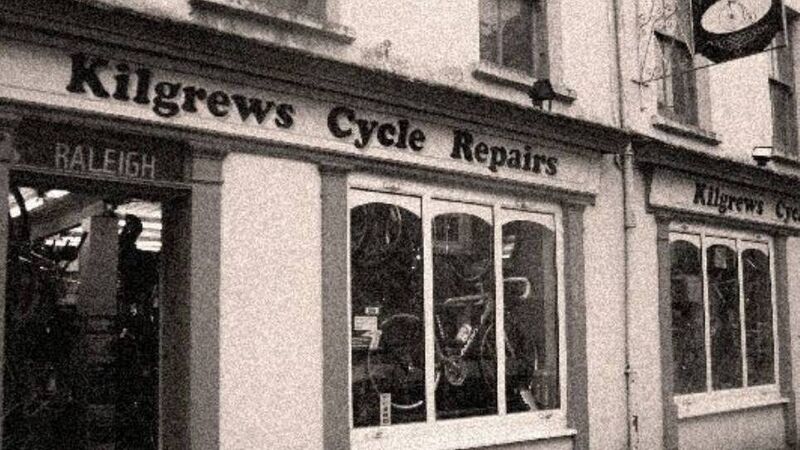
Kilgrews in North Main Street.
IT was sad to hear recently that the oldest bicycle shop in Cork is going to close next month.
Kilgrews, in various forms and locations, has been part of our city life since at least the 1930s. How many can remember buying their very first bike there, as your parents and indeed grandparents may have done before you?
For that matter, the very pram in which you were wheeled down Pana in babyhood probably came from Kilgrews too, as they carried a wide range of goods back in the day. Most commercial enterprises did, knowing that if they wanted to succeed, they had to attract customers from across the spectrum.
Today, you will find their shop on Kyle Street, run by Barry Kilgrew, the third generation of his family in the business. He has been there since 1984.
Before that, his father ran the well-known establishment on North Main Street from the mid-1950s to about 1988, where you could go to buy a wide range of toys and other items as well as bikes.
And before that you had the great shop front spreading over several floors on Merchants Quay, which prospered from around the 1930s to the ’70s when that quay was changed beyond recognition by something the city fathers called redevelopment and improvement.
That was the Eden coveted by every child coming into the city, a place where the most wonderful toys could be seen, as well as the boringly practical household items which parents unaccountably seemed to prefer.
And don’t many Corkonians remember the delights of that toy shop? Along with Day’s, The Lee Stores and Woolams, this was where you went to stare round-eyed at the wonderful window displays being set up from November onwards, and dream of what you might find in your stocking on Christmas morning.
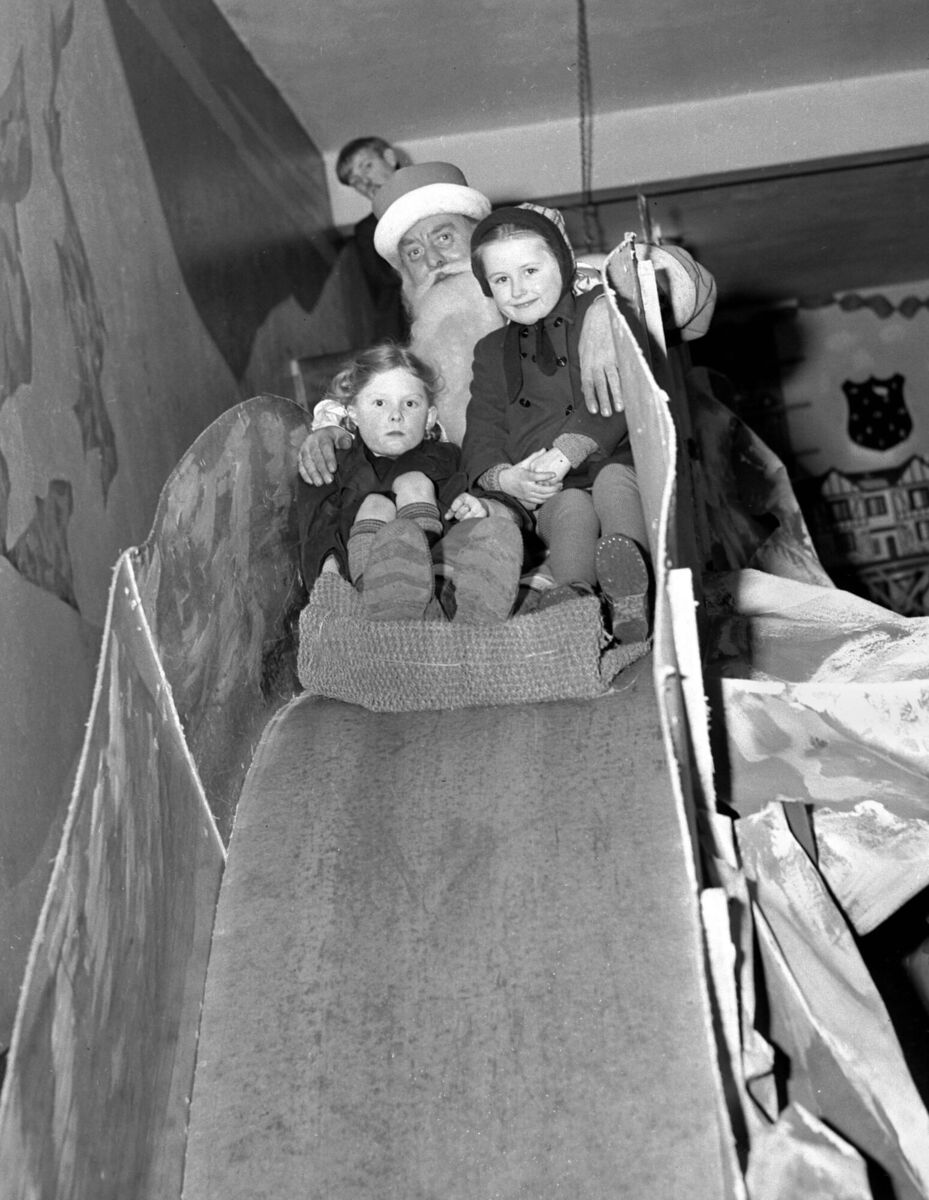
Later, Kilgrews on Merchant’s Quay brought in Santa Claus at the festive season and children could taste the delights of going down a long slide to Santa’s cave. Do any of you remember experiencing that? What were the gifts that you received from the jolly man like? Or do you only remember the slide?
Kilgrews was such a big part of a child’s concept of life back then, it’s hard to believe it is going from its place on the quay, to be replaced by red brick anonymity.
Now – to genealogy and family history. Over the past couple of weeks, we have been featuring Joan McCarthy’s search for a much-valued picture of her late father, and other readers (notably Jack Lyons) have been giving a lot of their time to try and help her to locate it. So far no results, but now Tim Cagney has written to tell us of his own search for family information, this time on his maternal grandfather in Cork.
“His name was Cornelius (Con) McAuliffe, and he died on March 16, 1949. My mother always told me he died when I was six months old, but never mentioned anything about the circumstances (such were the times, I suppose).
I have reason to believe, however, that he died in a car accident.
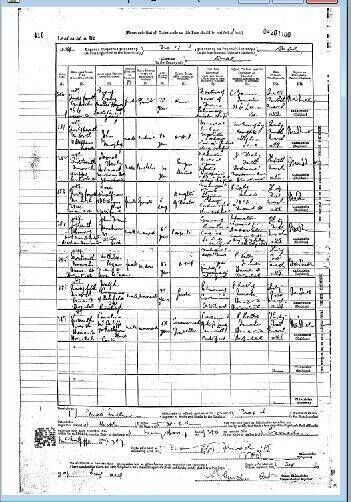
“About 20 years ago I seem to remember an aunt of mine telling me he died as a result of a steering-wheel penetrating his chest. Another aunt also mentioned a road-traffic fatality. Both women have since passed, so I can’t check their stories.
“I did manage to locate a record of his death on civilrecords.irishgenealogy.ie and this seems to indicate he died at Hume Street hospital in Dublin. The home address (90, Rathmore Place, Cork) is accurate though.”
He was a commercial traveller, explains Tim, who understands that his grandfather was well known round and about his native Cork.
“I’m wondering if any form of obituary might have been written in a local newspaper? So far I haven’t been able to find anything, but I thought I would put it out here, and see if anyone remembers his name, or can lend a hand with finding any local write-up of his demise?
“And I would really like to establish for once and for all whether he died in the car accident or in a Dublin hospital. Somebody - somewhere - may know. I’d like to get closure on the matter - even after 74 years.”
Now, I know some of you who are regular readers of Throwback Thursday are experienced researchers and have shown over the years that you can dig out information on the most difficult topics.

Can someone give Tim a bit of help here?
And now to matters traditional, and customary, steeped in legend and celebrated on a special night now fast approaching. We’re talking here of Halloween of course, or, as it is properly known in Ireland, Samhain.
October 31 is the Celtic New Year’s Eve, followed on what is now November 1 in the Roman calendar, by New Year’s Day (go ahead, call it All Saints if you want, it’s the self-same festival observed on this island for millennia before the new religion came over from Italy. They couldn’t eradicate the beliefs so they did the practical thing and absorbed them into a new version that reflected the teaching of Rome.)
How did you celebrate Halloween back in the ’40s, ’50s and ’60s?
Did you bob for apples in a tub of water, getting soaked in the process, or did you display your agility (and a good set of teeth) by snatching a bite from the ‘snapapple’ suspended by a string from the rafters? How about peeling an apple in one long strip, to see what initial it made? Placing chestnuts or hazel nuts along the fire grate to see which way they leapt as they heated up? Or, more dangerously, combing your hair in front of a mirror in a dark room lit only by a candle, to see if someone or something appeared behind you?
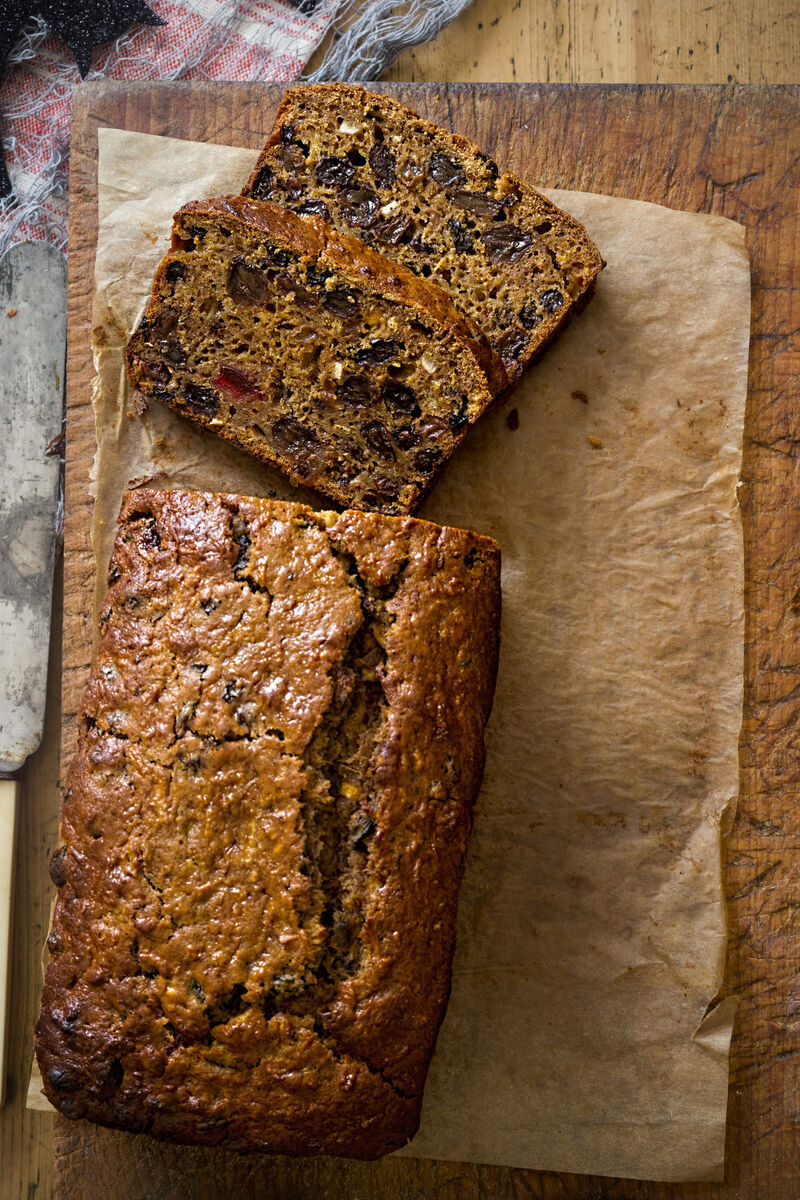
The barmbrack has featured in everyone’s childhood surely, with the excitement growing to fever pitch as the slices were cut and everyone tried to peek to see if they could see the ring showing a gleam of gold. Back in the day, every self-respecting barmbrack had a ring, a pea, a bean, a stick and a rag. The ring meant you would be married within the year, the pea betokened poverty but the bean riches. The stick meant you would beat (or be beaten by?) your life partner, and the rag signified that your fate was that of old maid or bachelor.
Great fun in everyone’s childhood and fairly safe fortune-telling. But long ago it was quite a serious event, since everyone needed to know what the future held.
Similarly, the popular custom today of trick or treating – going from house to house dressed up as ghosts or goblins, and threatening harm if sweets are not handed out. That used to be a protection against evil spirits in olden times, since Halloween is the time of year when the veil between ours and the Otherworld is at its thinnest, and you wouldn’t know who might come calling at your door.
If evil spirits did come by, the reasoning went, they would see these little imitation ghosts and goblins and pass by, thinking the house in question was already being dealt with. See? A very practical safeguard.
We would like to know your memories of Halloween in childhood days. Do tell us!
One custom of Samhain was the telling of ghost stories, and perhaps readers might oblige by sending us their own experiences. Tim Cagney has already obliged with a curious happening in his own life.
“My wife, Sandra, grew up in Killorglin, Co. Kerry. She had a childhood friend, John, whose parents were local but were then living in London. They came home frequently, so that Sandra and John developed a close bond, regarding each other as cousins,” said Tim.
“When Sandra moved to Dublin in 1974, she kept in touch with John and he was even a guest at our wedding in 1977, staying with us several times thereafter and continuing the contact through letters, Christmas cards, telephone and, later, email.
“As years rolled on, however, we began to see less and less of John. He never married, and Sandra imagined he was living a somewhat reclusive lifestyle. The last time she spoke with him (by phone) was 2016.
“Then one night, in June of the same year, Sandra had a dream. In it, a first cousin of hers – Paul – appeared. Paul had died in America in 2015, from leukaemia. In the dream, he told Sandra he feared he had ‘missed a funeral.’ He couldn’t say who the deceased was, whereupon Sandra – somewhat logically, perhaps – suggested that he, more than anybody, should know such things, seeing that he was on ‘the other side.’ His reply was strange. He said: ‘It’s different over here – we have difficulty separating substance from matter.’ With that, the dream ended.
“When we woke the following day, she related the dream to me. We both wondered what it might mean, but – of course – remained mystified. However, around 10am, our doorbell rang. Two Gardaí stood outside, one male, the other female. The latter said they were looking for my wife. The first thing I thought of naturally was our daughter, who lived in Louth. My heart nearly stopped and I immediately asked, ‘Has someone died?’ The Garda replied, ‘a cousin, in London.’ How I stopped myself from blurting-out ‘Thank God,’ I’ll never know.
“Just then, Sandra came down , and they told us John had been found dead, in his home, just the previous day (the cause of death was later determined to be a heart attack.) The Gardaí were able to trace us through old correspondence found by the local police among his personal effects. Now we knew whose funeral Paul had ‘missed’.
“When the Gardaí left, Sandra observed, ‘Wasn’t it a good thing I told you about that dream? – if I hadn’t, and only told you now, you might well have imagined I was making it up!’
“We travelled to London, to arrange for John’s burial, and later brought the ashes to Killorglin. We located the grave of John’s parents and placed some of the ashes there. We then travelled to Ballykissane, a childhood haunt, where Sandra scattered the remainder on the waters where she and John had once fished. We both watched as they were carried seaward on the outgoing tide.”
Now, asks Tim, what could that have been but a message from beyond the grave? A relative giving warning of the news soon to arrive regarding the passing of a beloved close friend? How else can such a dream be explained?
There are so many unusual and inexplicable tales out there, and we are sure you know a few. Send them to us now, so we can all share them round our respective firesides this Halloween, and perhaps raise a glass to those who have gone before us? Tell us your memories.
Email jokerrigan1@gmail.com. Or leave a comment on our Facebook page: https://www.facebook.com/echolivecork.
